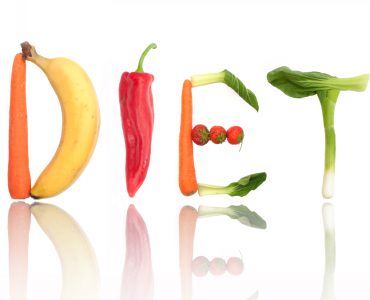The negative calorie diet is based upon the premise that dieters can lose weight by eating only foods that have a “negative calorie effect”. In other words, they theorize that the energy burned by chewing, swallowing, and digesting some foods is worth more than the caloric value of the foods themselves. A perfect example of a food that theoretically has a “negative calorie effect” is the classic vegetable celery. Celery is primarily composed of water and cellulose, a fibre indigestible by the body.
There are a number of versions of negative calorie diets, but they all revolve around eating an unlimited amount of fibre-rich fruits and vegetables, such as celery, cabbage, broccoli, apples or carrots. They also boast that participants in one of these diet plans can lose as much as 2 pounds a day. Even if you were able to lose weight that quickly, doctors feel it could negatively affect your health and ultimately prove unsustainable.
In reality, there are no foods, which produce any type of negative caloric effect. Eating fruits and vegetables like those endorsed by this diet can be good for your body, but eating them in isolation can be monotonous and potentially damaging to your health. You are likely to lose weight when following one of these diets, but primarily because of the low-calories consumed on a daily basis. You might also possibly have some of the side effects present when following an extremely low-calorie diet such as low energy and dizziness.
Negative calorie diet

Let us know if you liked the post. That’s the only way we can improve.












